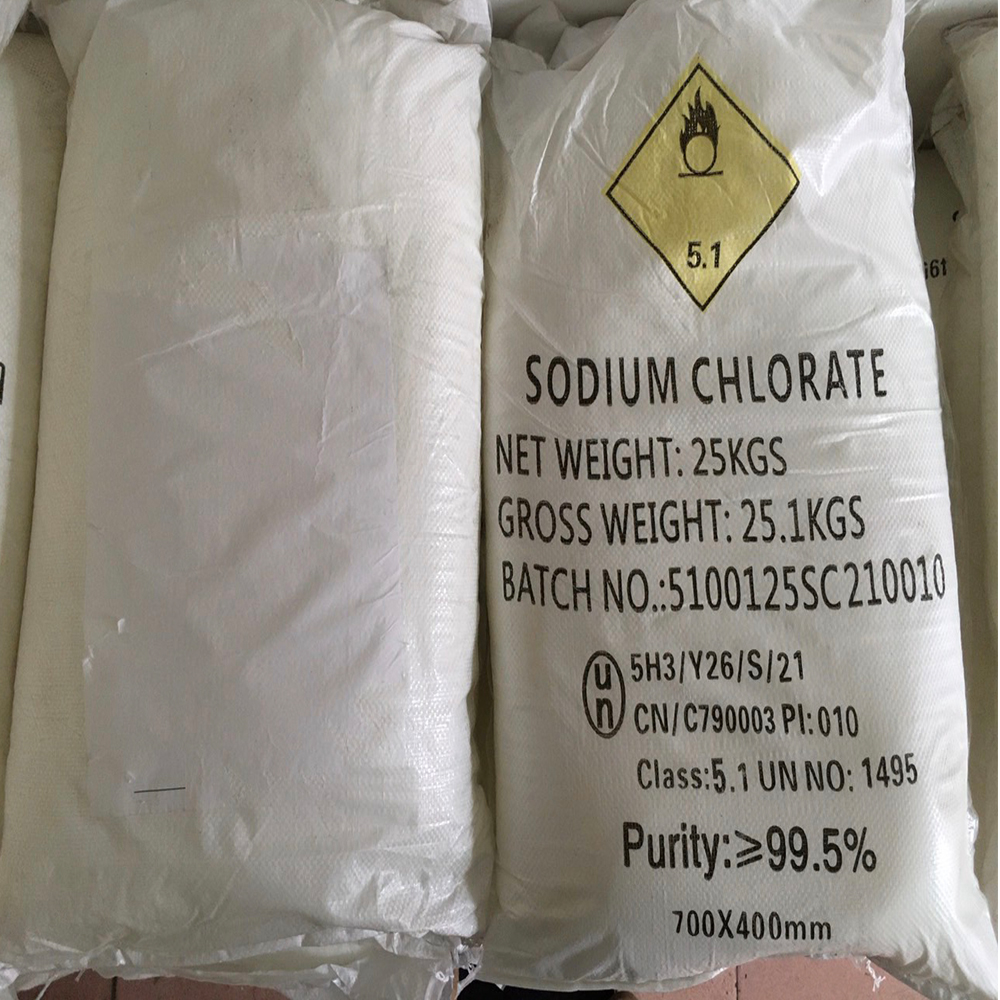



how to add sodium bisulfate to pool
How to Add Sodium Bisulfate to Your Pool
Maintaining the proper pH balance in your swimming pool is essential for both the comfort of swimmers and the longevity of the pool's equipment. One effective way to lower a high pH level is by using sodium bisulfate, also known as dry acid. Here’s a step-by-step guide on how to properly add sodium bisulfate to your pool.
Understanding Sodium Bisulfate
Sodium bisulfate is a granular substance that acts as a pH reducer. It is often favored over liquid acids due to its ease of handling and storage. When added to water, sodium bisulfate dissociates into sodium ions and bisulfate ions, which help in lowering the pH level. Proper pH levels for pool water typically range between 7.2 to 7.8. A higher pH can lead to scale buildup, cloudy water, and reduced chlorine effectiveness.
Safety Precautions
Before handling sodium bisulfate, it’s important to take some safety precautions. Always wear gloves and goggles to protect your skin and eyes. Ensure you are working in a well-ventilated area to avoid inhaling any dust particles. Keep the chemical out of reach of children and pets.
Step-by-Step Guide
1. Test the Water Before adding sodium bisulfate, use a reliable pool testing kit to measure the pH level of your water. If your pH level is above 7.8, you’ll need to add sodium bisulfate.
how to add sodium bisulfate to pool

2. Calculate the Amount Needed The amount of sodium bisulfate required depends on your pool's volume and the current pH level. A general rule of thumb is to add about 1 pound of sodium bisulfate per 10,000 gallons of water to lower the pH by approximately 0.2 units. For more precise calculations, consult the product instructions or use a pool calculator.
3. Dissolve the Chemical To avoid any potential cloudiness in your pool, dissolve the sodium bisulfate in a bucket of water before adding it to the pool. This helps ensure even distribution and minimizes the risk of damaging the pool surface. Add approximately one part sodium bisulfate to four parts water.
4. Add to the Pool Slowly pour the dissolved mixture around the perimeter of the pool while the filtration system is running. This helps with the even distribution of the chemical throughout the water.
5. Retest and Monitor After adding sodium bisulfate, wait for about 4-6 hours, then retest the pH level. If necessary, you can repeat the process until you reach the desired pH level. It’s important to monitor the pool regularly to maintain optimal water conditions.
6. Clean Up After you’re finished, clean any spills or residue that may have accumulated on the surrounding area. Store remaining sodium bisulfate in a cool, dry place, away from moisture and direct sunlight.
Conclusion
Adding sodium bisulfate to your pool is a straightforward process that can effectively help manage your water’s pH levels. By following these steps and maintaining a regular testing schedule, you can ensure that your pool remains a safe and enjoyable environment for all. Remember, proper pool maintenance not only enhances the swimming experience but also prolongs the life of your pool equipment. Happy swimming!
-
Why Sodium Persulfate Is Everywhere NowNewsJul.07,2025
-
Why Polyacrylamide Is in High DemandNewsJul.07,2025
-
Understanding Paint Chemicals and Their ApplicationsNewsJul.07,2025
-
Smart Use Of Mining ChemicalsNewsJul.07,2025
-
Practical Uses of Potassium MonopersulfateNewsJul.07,2025
-
Agrochemicals In Real FarmingNewsJul.07,2025
-
Sodium Chlorite Hot UsesNewsJul.01,2025










